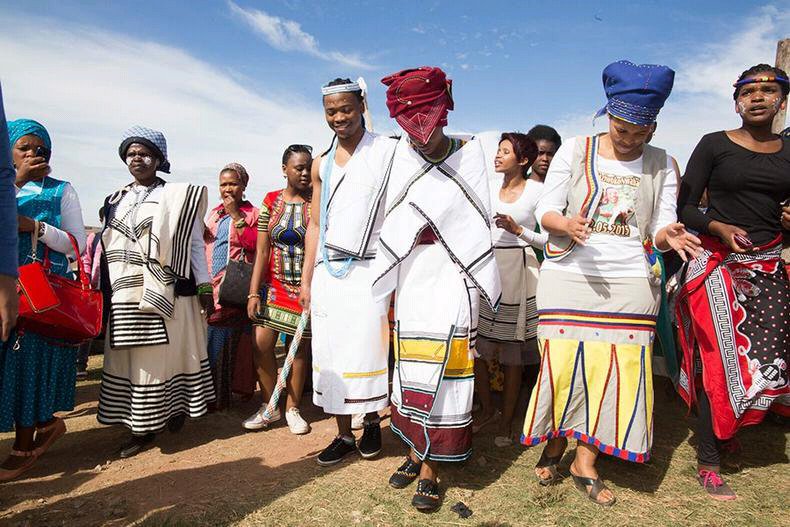
[ad_1]
The onset of menstruation or the monthly period is a significant milestone in a young girl’s life. It marks her transition from childhood to womanhood.
Across cultures, this momentous event is celebrated with various traditions and rituals that reflect the values and beliefs of each society.
This article explores five unique first menstruation traditions from around the world and how different cultures honour this important rite of passage:
In the Navajo culture of the southwestern United States, the Kinaaldá ceremony is an important celebration to mark a girl’s first menstruation. It is rooted in the story of Changing Woman, a revered deity.
The Kinaaldá spans several days and involves various rituals aimed at preparing the girl for her future roles as a woman. During the ceremony, the girl undergoes physical and spiritual purification, grinds corn for a traditional cake, and runs towards the sunrise each morning to symbolise strength and endurance.
The event ends with a feast, where the girl shares the corn cake with her community, signifying her readiness to contribute to and be supported by her people.
In Tamil culture, predominantly found in the southern Indian state of Tamil Nadu and among Tamil communities worldwide, the Manjal Neerattu Vizha is a traditional ceremony held to celebrate a girl’s first menstruation.
This elaborate event often lasts for several days and begins with a ritual bath, where the girl is bathed in turmeric-infused water, symbolising purification and protection. She is then adorned in new clothes and jewelry and is celebrated with family gatherings, music, and dance.
The ceremony emphasises the girl’s transition to womanhood and her readiness to embrace her future responsibilities.
In Japan, the Chōchin Mochi is a less elaborate but culturally significant tradition for celebrating a girl’s menstruation. Upon her first menstruation, the girl is given a special mochi (rice cake) wrapped in a red and white cloth. The red symbolises fertility and the white represents purity. The gift is both a celebration and a form of encouragement, acknowledging the girl’s new phase of life while wishing her good health and happiness….Click Here To Continue Reading>>
This tradition reflects Japan’s blend of respect for tradition with a more modern and understated approach to such personal milestones.
Among the Xhosa people of South Africa, the Umngqungqo (also known as the “first blood” ceremony) marks a girl’s transition to womanhood. The ceremony begins with seclusion, where the girl is taught about womanhood, reproductive health, and her role in the community by elder women.
This period of education is followed by a series of rituals, including dances and songs that celebrate fertility and the girl’s readiness to become a mother. The ceremony concludes with a communal feast, where the girl is formally introduced to society as a young woman, ready to take on new responsibilities.
In the Brazilian Amazon Rainforest, the Tikuna people observe a unique and elaborate celebration known as the “Pelazon” to mark a girl’s first menstruation.
The ceremony involves secluding the girl in a specially constructed hut for several months, during which she is taught about the customs and responsibilities of womanhood. She receives visits from female relatives and undergoes various rituals aimed at ensuring her strength and health.
The girl emerges from seclusion during a vibrant public ceremony, complete with dancing, music, and feasting, signifying her readiness to join the community as a woman.
Menstruation is a universally significant event, and the diverse traditions surrounding it reflect the rich cultural values and beliefs around the world.
From the Navajo Kinaaldá to the Tikuna Pelazon, these rituals not only celebrate a girl’s transition to womanhood but also emphasise community, education, and the transmission of cultural heritage.
BECOME OUR BUSINESS PARTNER WITH ANY AMOUNT OF MONEY AND GET 50% PROFIT AND CAPITAL REFUND IN 30 DAYS PLUS 10% INSTANT REFERRAL BONUS. CLICK HERE TO INVEST NOW!!!
[ad_2]
Source link